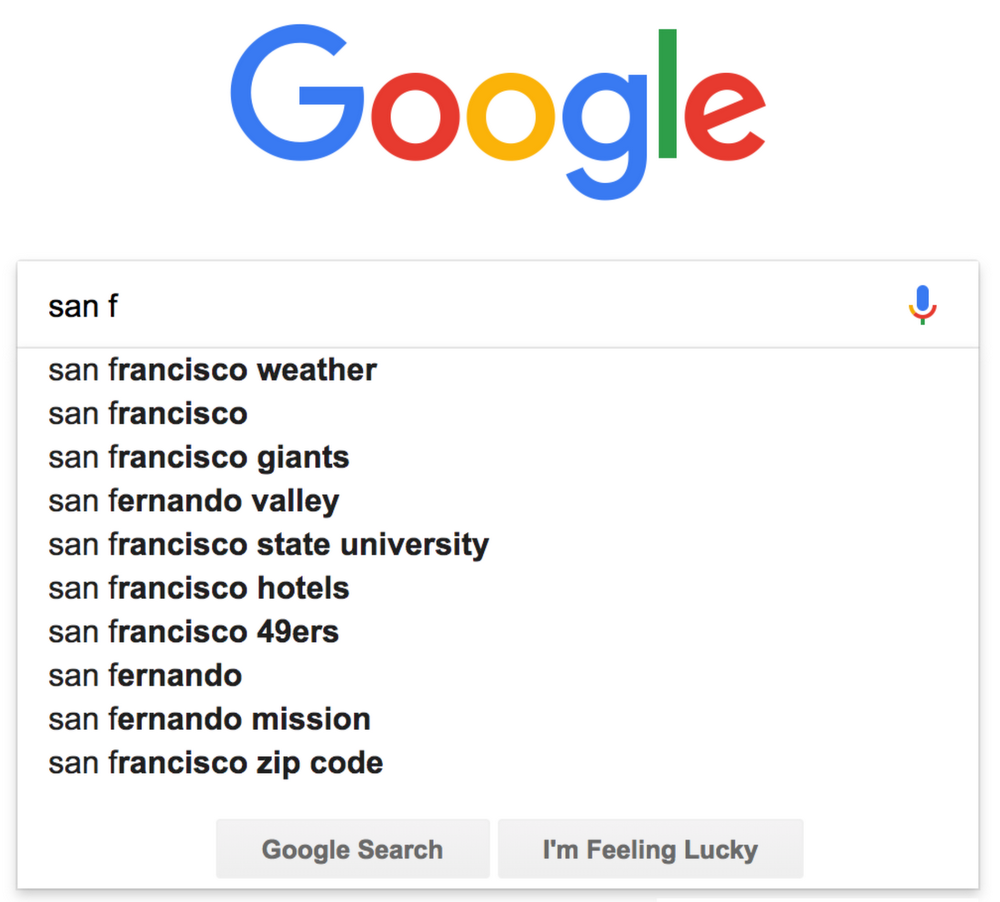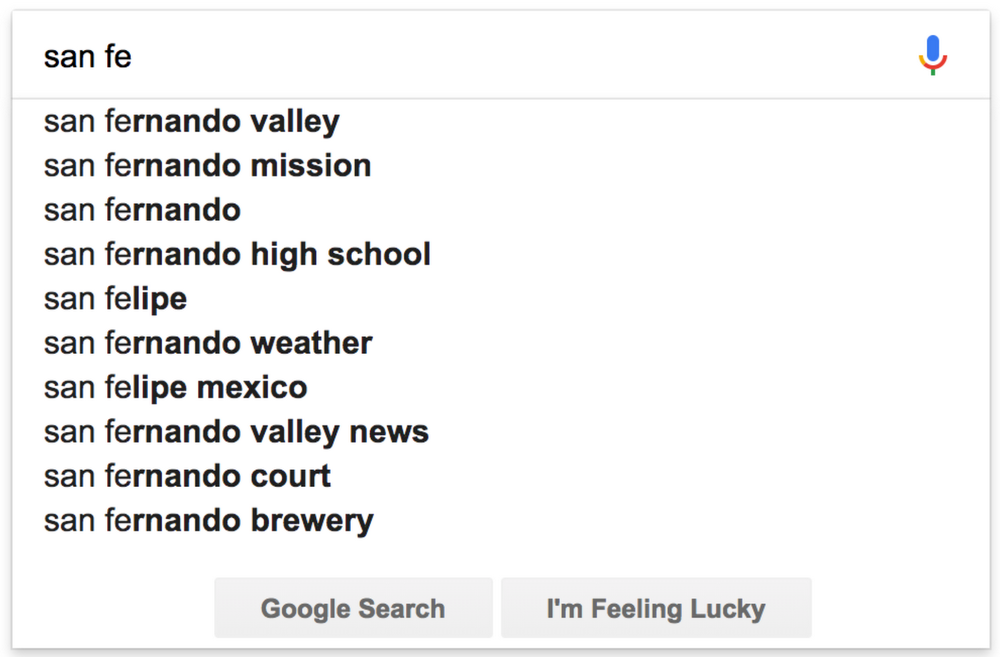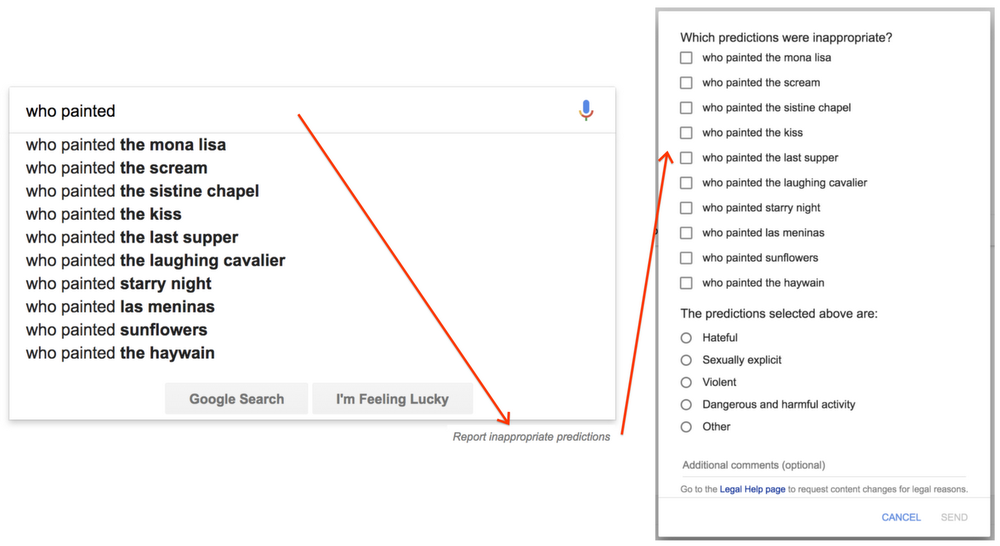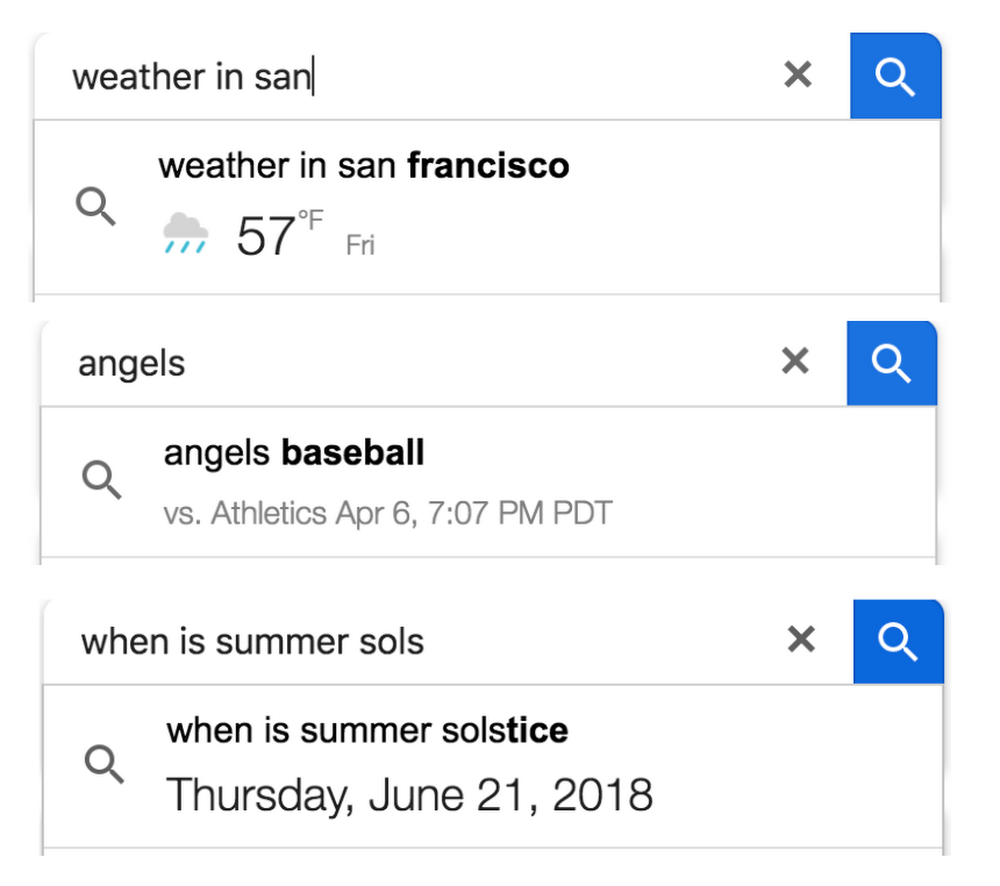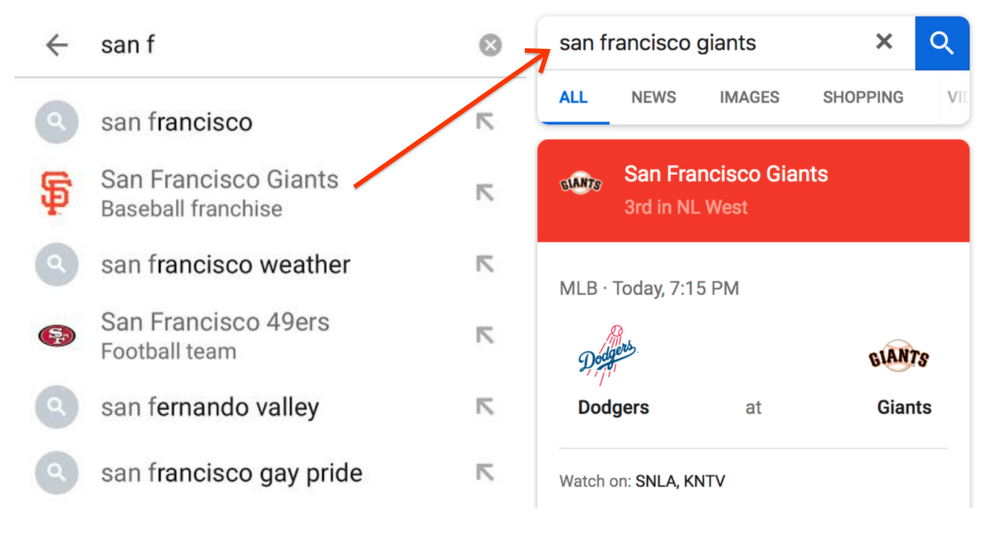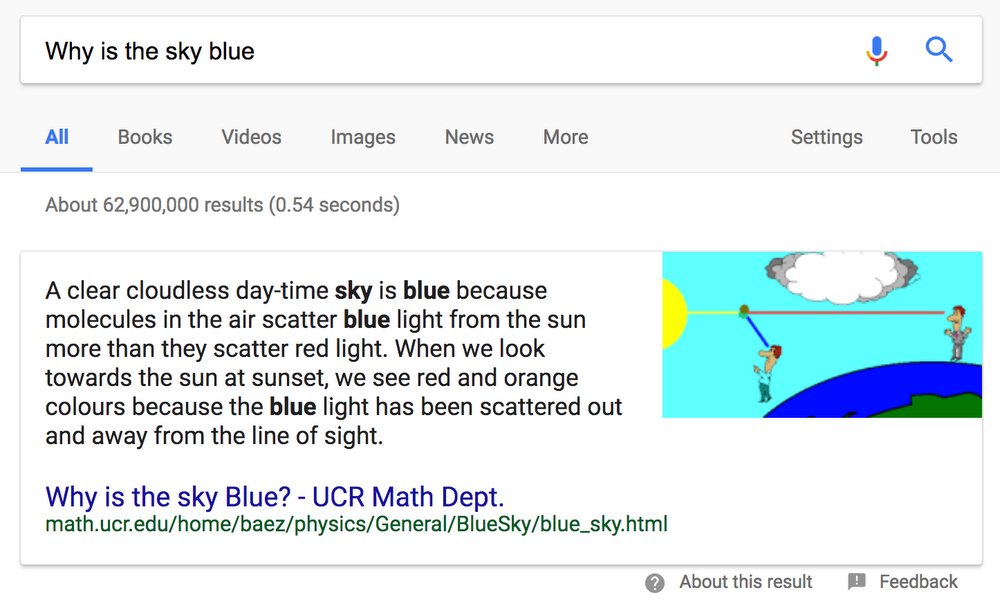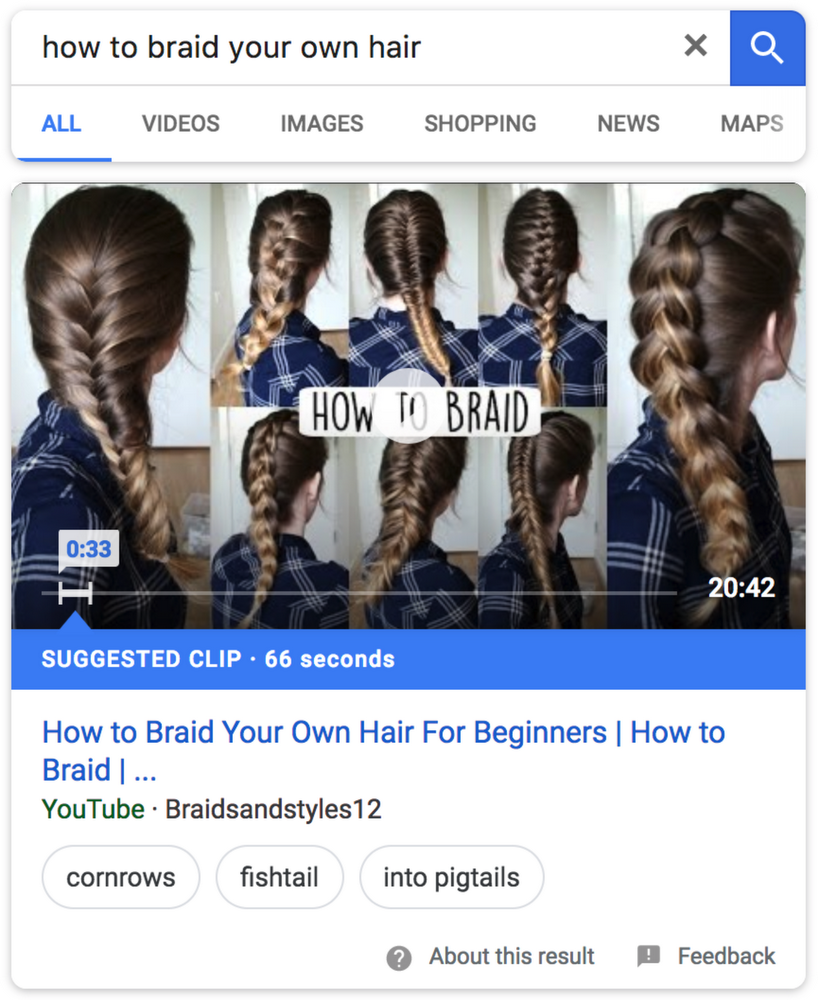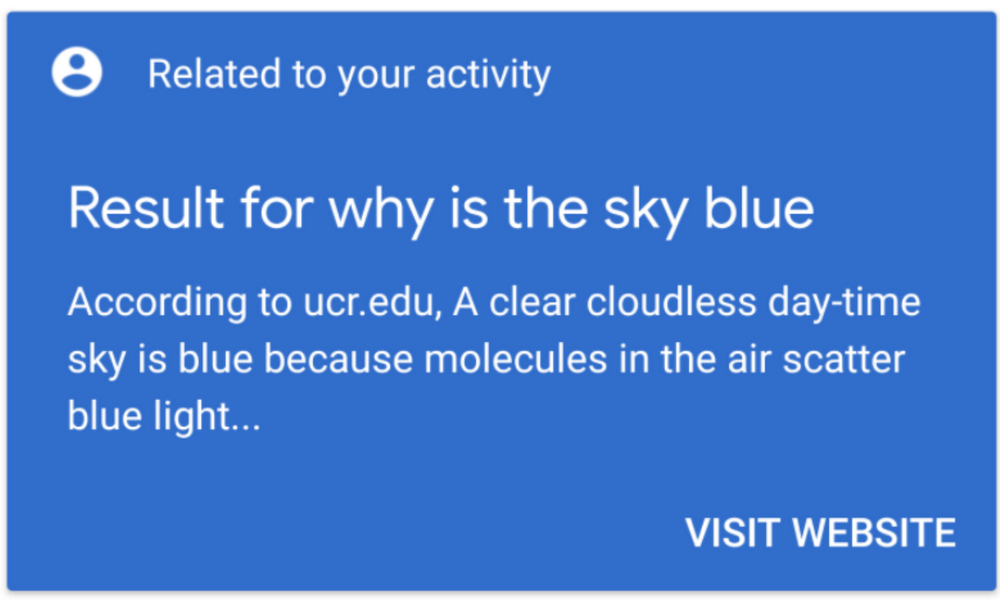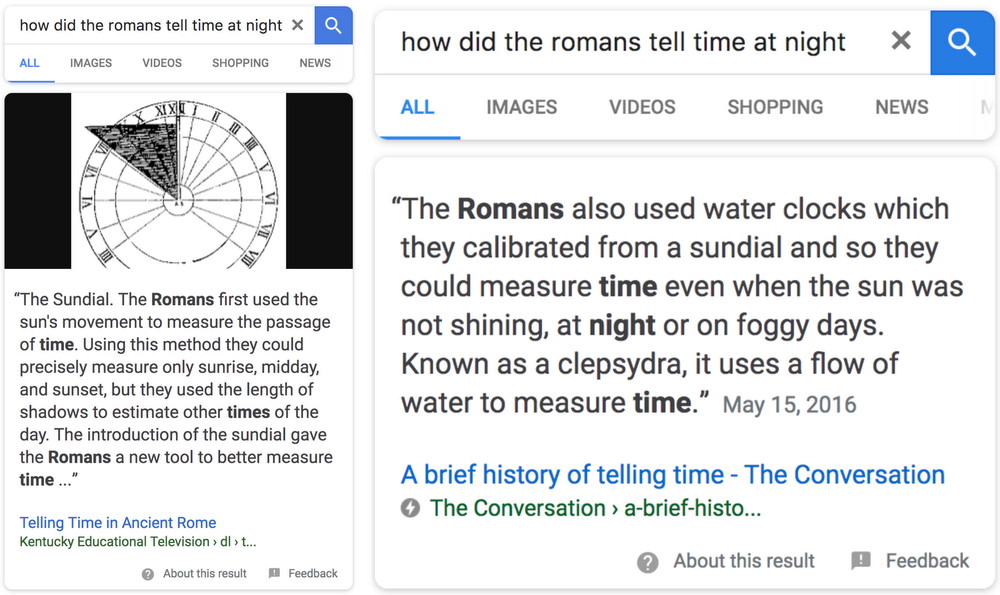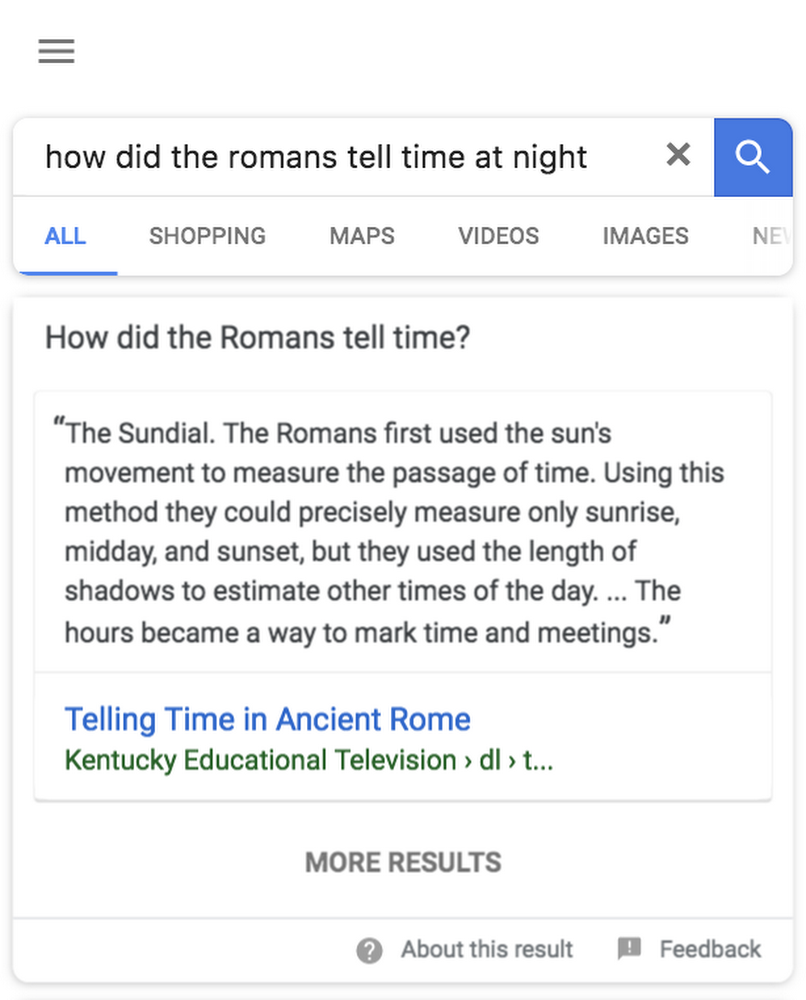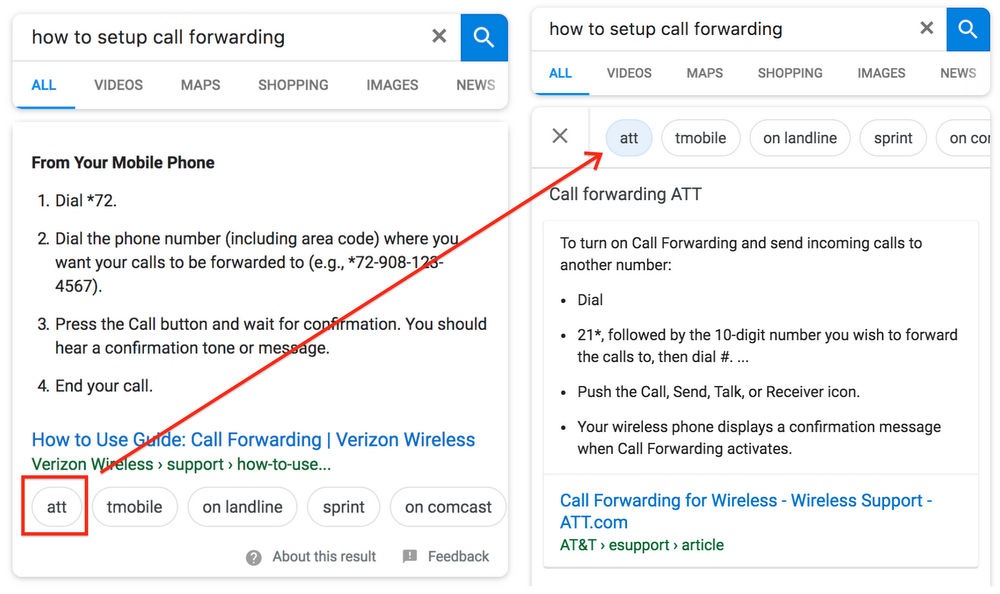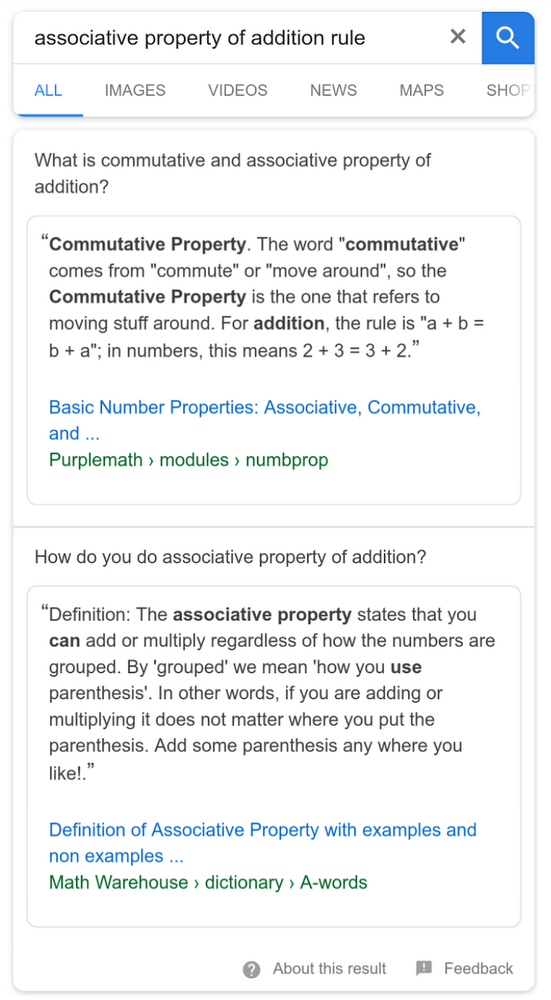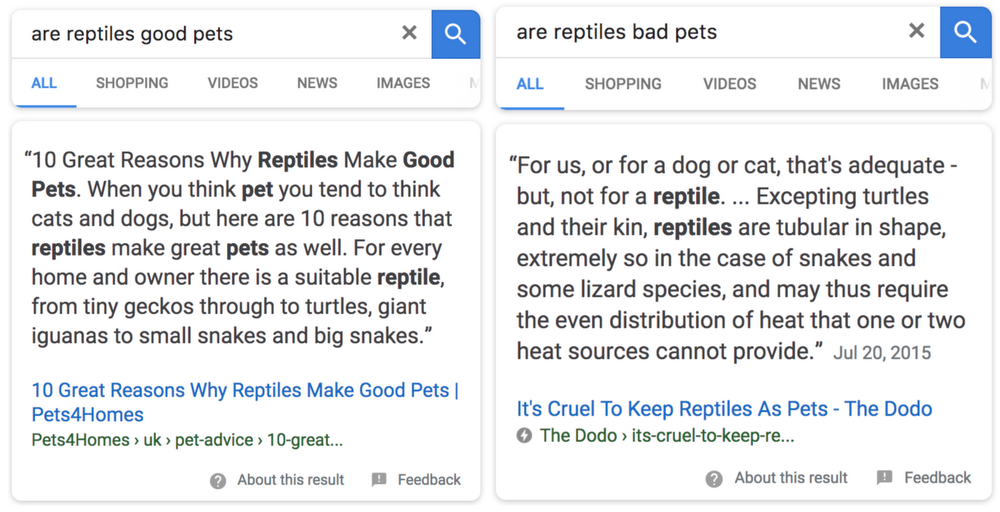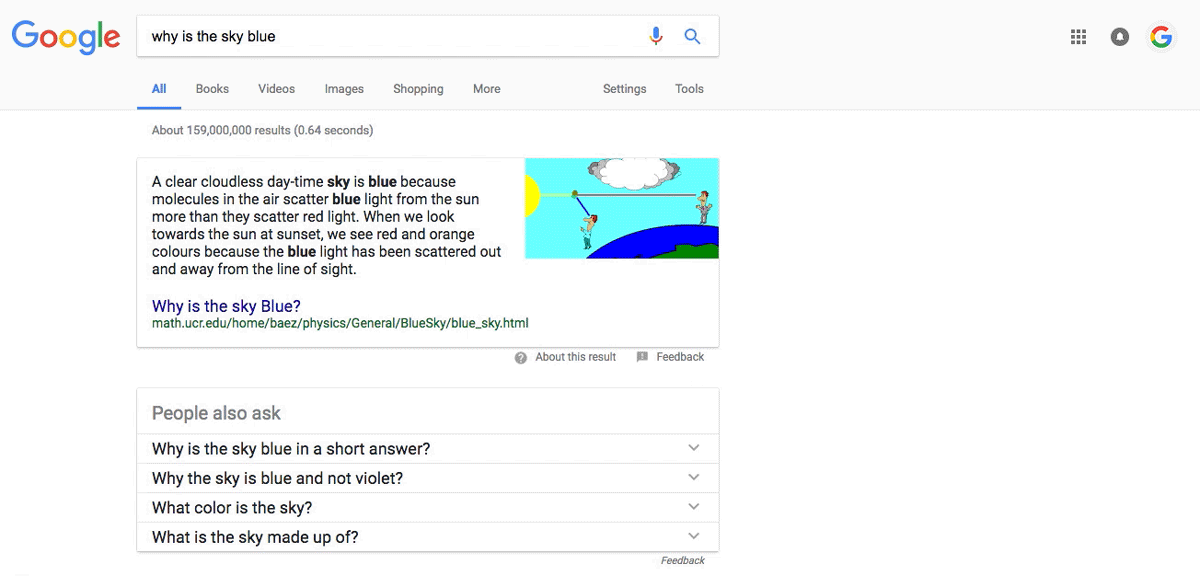Sometimes Google Search will show special boxes with information about people, places and things. We call these knowledge panels. They’re designed to help you quickly understand more about a particular subject by surfacing key facts and to make it easier to explore a topic in more depth. Information within knowledge panels comes from our Knowledge Graph, which is like a giant virtual encyclopedia of facts. In this post, we’ll share more about how knowledge panels are automatically generated, how data for the Knowledge Graph is gathered and how we monitor and react to reports of incorrect information.
What’s a knowledge panel?
Knowledge panels are easily recognized by those who do desktop searching, appearing to the right of search results: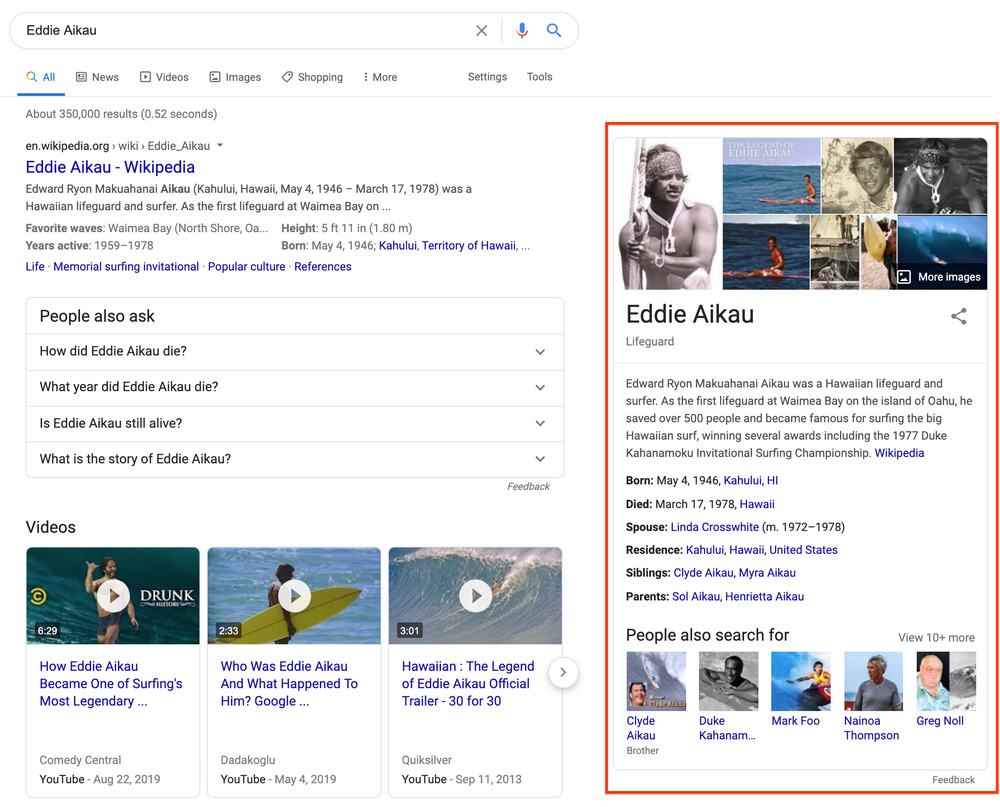
Our systems aim to show the most relevant and popular information for a topic within a knowledge panel. Because no topic is the same, exactly what is shown in a knowledge panel will vary. But typically, they’ll include:
- Title and short summary of the topic
- A longer description of the subject
- A picture or pictures of the person, place or thing
- Key facts, such as when a notable figure was born or where something is located
- Links to social profiles and official websites
Knowledge panels might also include special information related to particular topics. For example:
- Songs from musical artists
- Upcoming episodes from TV shows
- Rosters of sports teams.
Sources of information for the Knowledge Graph
The information about an “entity”—a person, place or thing—in our knowledge panels comes from our Knowledge Graph, which was launched in 2012. It’s a system that understands facts and information about entities from materials shared across the web, as well as from open source and licensed databases. It has amassed over 500 billion facts about five billion entities.
Wikipedia is a commonly-cited source, but it’s not the only one. We draw from hundreds of sources from across the web, including licensing data that appears in knowledge panels for music, sports and TV. We work with medical providers to create carefully vetted content for knowledge panels for health issues. We also draw from special coding that content owners can use, such as to indicate upcoming events.
On mobile, multiple knowledge panels provide facts
When we first launched knowledge panels, most search activity happened on desktop, where there was room to easily show knowledge panels alongside search results. Today, most search activity happens on mobile, where screen size doesn’t allow for a side-by-side display.
To this end, information from the Knowledge Graph is often not presented through a single knowledge panel on mobile. Instead, one or more knowledge panels may appear interspersed among the overall results.
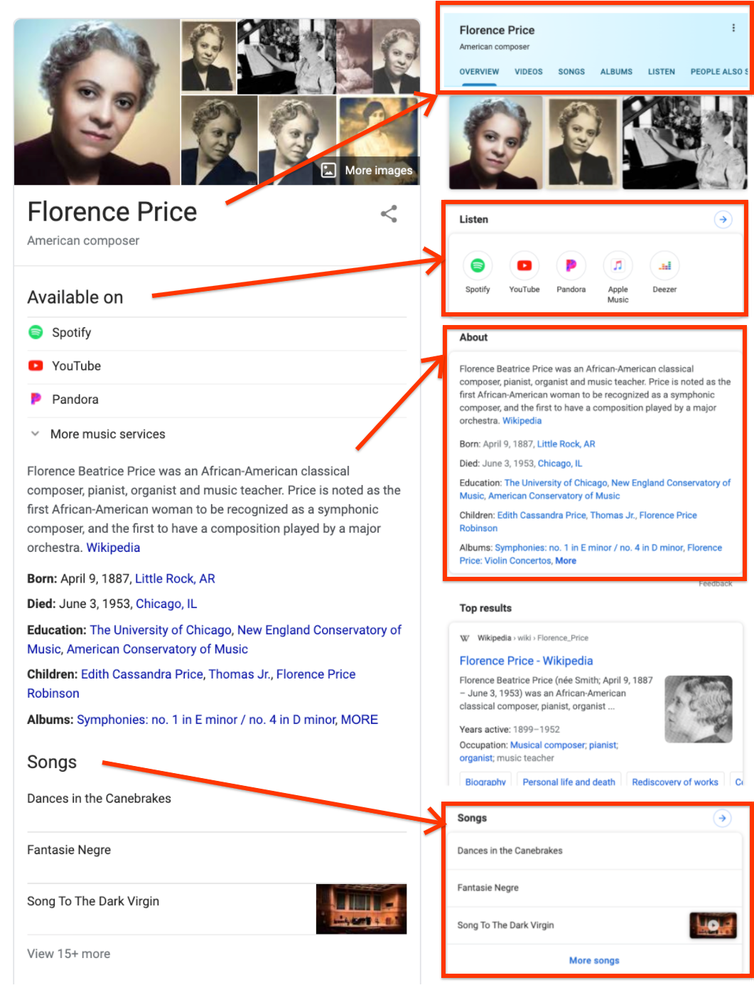
How we work to improve the Knowledge Graph
Inaccuracies in the Knowledge Graph can occasionally happen. Just as we have automatic systems that gather facts for the Knowledge Graph, we also have automatic systems designed to prevent inaccuracies from appearing. However, as with anything, the systems aren’t perfect. That’s why we also accept reports from anyone about issues.
Selecting the “Feedback” link at the bottom of a knowledge panel or the three dots at the top of one on mobile brings up options to provide feedback to us:
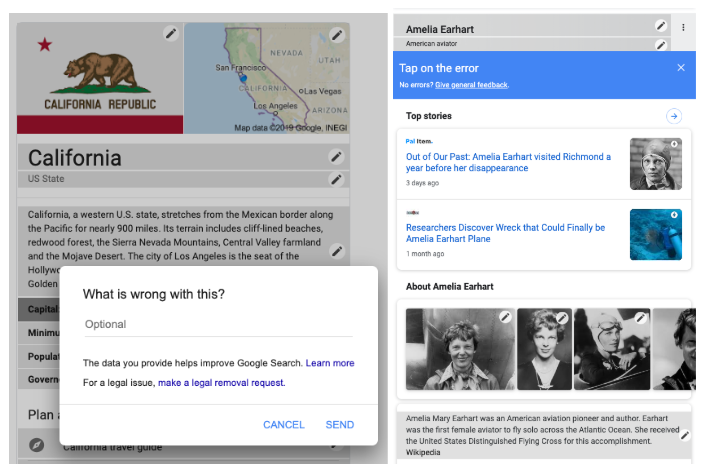
We analyze feedback like this to understand how any actual inaccuracies got past our systems, so that we can make improvements generally across the Knowledge Graph overall. We also remove inaccurate facts that come to our attention for violating our policies, especially prioritizing issues relating to public interest topics such as civic, medical, scientific, and historical issues or where there’s a risk of serious and immediate harm.
How entities can claim and suggest changes to a knowledge panel
Many knowledge panels can be “claimed” by the subject they are about, such as a person or a company. The claiming process—what we call getting verified—allows subjects to provide feedback directly to us about potential changes or to suggest things like a preferred photo. For local businesses, there’s a separate process of claiming that operates through Google My Business. This enables local businesses to manage special elements in their knowledge panels, such as opening hours and contact phone numbers.
For more information about topics like this, check out our How Search Works blog series and website.
